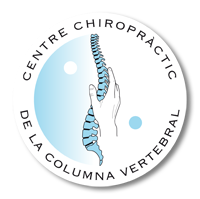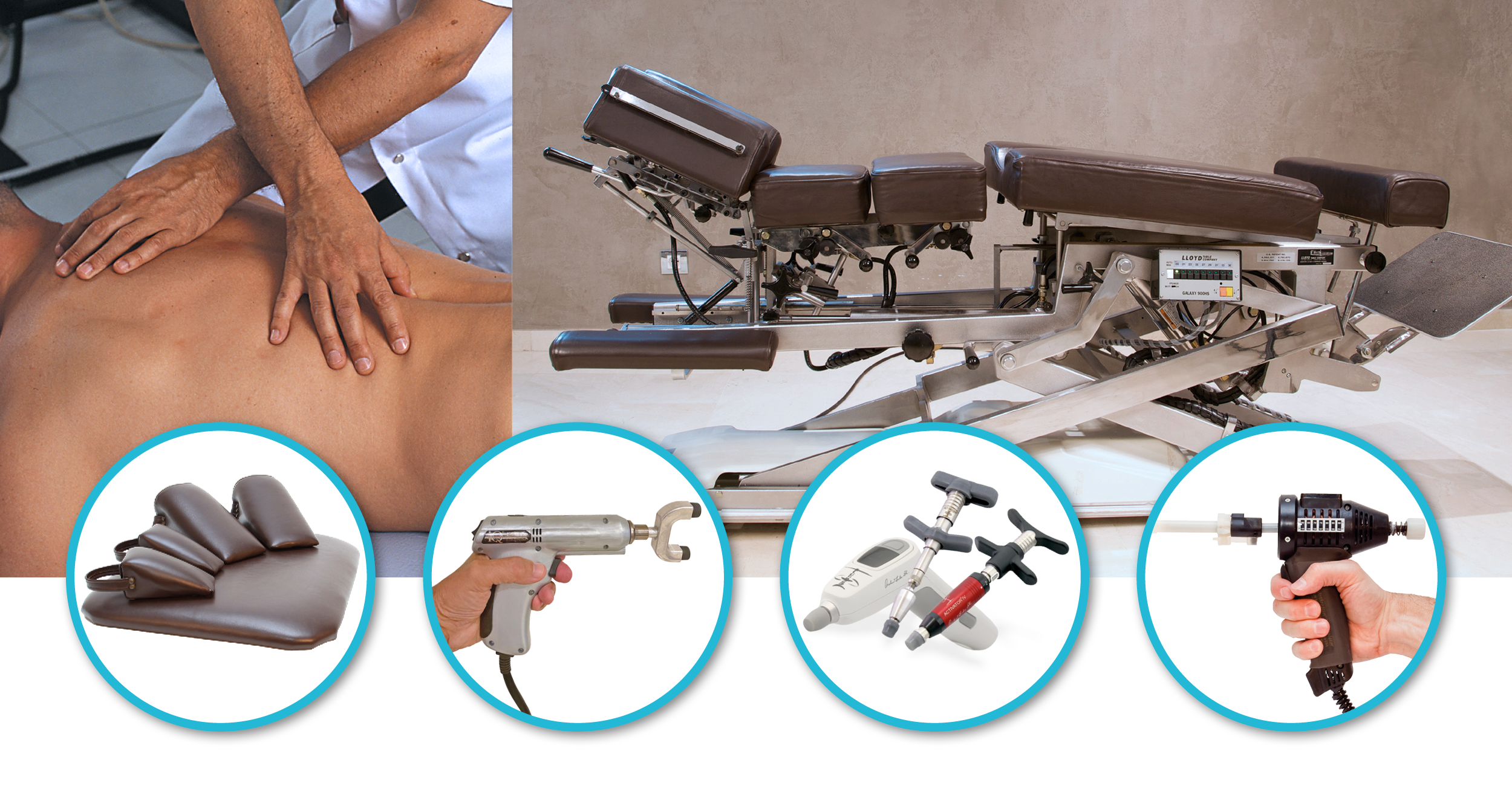In the field of Chiropractic many techniques have been developed for vertebral corrections. The best known manual correction is the “adjustment”, with its basis in vertebral or joint manipulation.
Once your chiropractor has determined that a vertebra or joint is misaligned or locked, i.e. that there is a “subluxation” (the term used in the science of chiropractic), we can ask the following questions:
- Are there any factors that may hinder or contraindicate treatment?
- What is the most appropriate treatment technique to correct this subluxation?
Chiropractic treatment is completely harmless, so there are no risks and there are no contraindications.
The technique chosen will depend on the pathology identified, as well as the physiological state of the patient.
Your chiropractor will apply the most appropriate and effective adjustment technique. The main objective of your doctor of chiropractic is to eliminate vertebral or joint subluxation.
A vertebral subluxation can cause many problems, such as allergies, headaches (migraine, severe headaches), neck pain (torticollis, cervicalgia), back pain (scoliosis, sciatica, lumbago) and respiratory problems, among other pathological problems.
What is a chiropractic adjustment?
When the doctor of chiropractic puts dynamic stress on the spine, he or she tries to “unlock” and release the vertebra from an incorrect position (the subluxation) allowing it to regain the movement necessary for normal, natural function of the entire spine.
Your chiropractor will try to return the subluxated vertebra or joint to its normal, natural motion.
The musculature of the spine works continuously trying to restore the natural position of the vertebrae. The doctor of chiropractic, through adjustments, provides the body, by means of a mechanical and therefore neurological stimulus, with the necessary information so that it can correctly and independently realign the subluxated vertebrae.
The chiropractic adjustment will not only impact on the biomechanical part of the body, giving the joint a more stable position, but it will also eliminate interference, reduce inflammation and, consequently, pain.
This happens because the adjustment restores sensitivity to muscle and mechanical receptors through a complex mechanism at the post-synaptic level of the nervous system.
Techniques used in chiropractic adjustments
Spinal correction through chiropractic adjustment is performed using various techniques that are considered to be the safest, most effective and leading techniques in the world. Some of these techniques are:
The S.O.T. technique (Sacro Occipital Technique)
It is based on the relationship of the meninges (outer membranes of tissue that isolate the brain and spinal cord), which goes from the occipital bone (skull) to the sacrum. Through these membranes circulates the cerebrospinal fluid, which runs along the entire spinal column, ending in the sacrum.
To carry out the vertebral correction, special S.O.T. chiropractic wedges are placed in a very specific way in different points of the pelvis, to restore the correct functioning of the body and the relationship between the sacral bone and the occipital bone.
The “activator” technique, the T.B.M. technique (Total Body Modification) and the I.Q. Impulse technique
All of them use an instrument that transmits predetermined forces, small discharges or impulses at high speed to make very precise corrections. As it is a gentle technique, it is also useful in cases where a more dynamic chiropractic adjustment cannot be tolerated (e.g. patients with osteoporosis, pregnant women, patients with very acute pain, etc.).
The technique of applied kinesiology
The kinesiological examination is based on applied kinesiology, a technique developed in the field of chiropractic that uses manual muscle examination to evaluate body functions through neuromuscular connections.
It is precisely this new diagnostic-therapeutic discipline that makes it possible to identify imbalances in the organism on a structural, biochemical and mental level, by analyzing the muscular response mediated by an appropriate stimulus.
The Toggle Recoil (H.I.O.) technique
It is carried out on a very specific hydroelectric chiropractic table from the United States, with a mobile headrest that helps the chiropractor to carry out a high-speed adjustment with impulse, and with a specific correction vector to realign the first two cervical vertebrae, called Atlas and Axis.
The Thompson technique
The correction of the subluxation through this technique is done with a specific maneuver, by means of the hands of the professional, at a high speed, in a very gentle way and with little amplitude of movement. It is necessary to have the help of a indispensable hydroelectric chiropractic table which is adapted to each case, age, sex, as well as to the function of the density and bone mineralization of each patient.
Therefore, by correcting the subluxations located in the spinal column, many of the conditions we live with will be solved, the pain will disappear or will be considerably reduced.
These ailments also include those related to disc herniation, impingement, hip pain, capsulitis, bursitis and cruralgia, among other conditions.
Once the benefits of the chiropractic treatment have been obtained, according to chiropractic principles, they must be maintained over time through regular check-ups. This is known as the stabilization and maintenance phase.
The doctor of chiropractic is not only interested in the patient’s current state of health, but also focuses on prevention, in the short, medium and long term.

